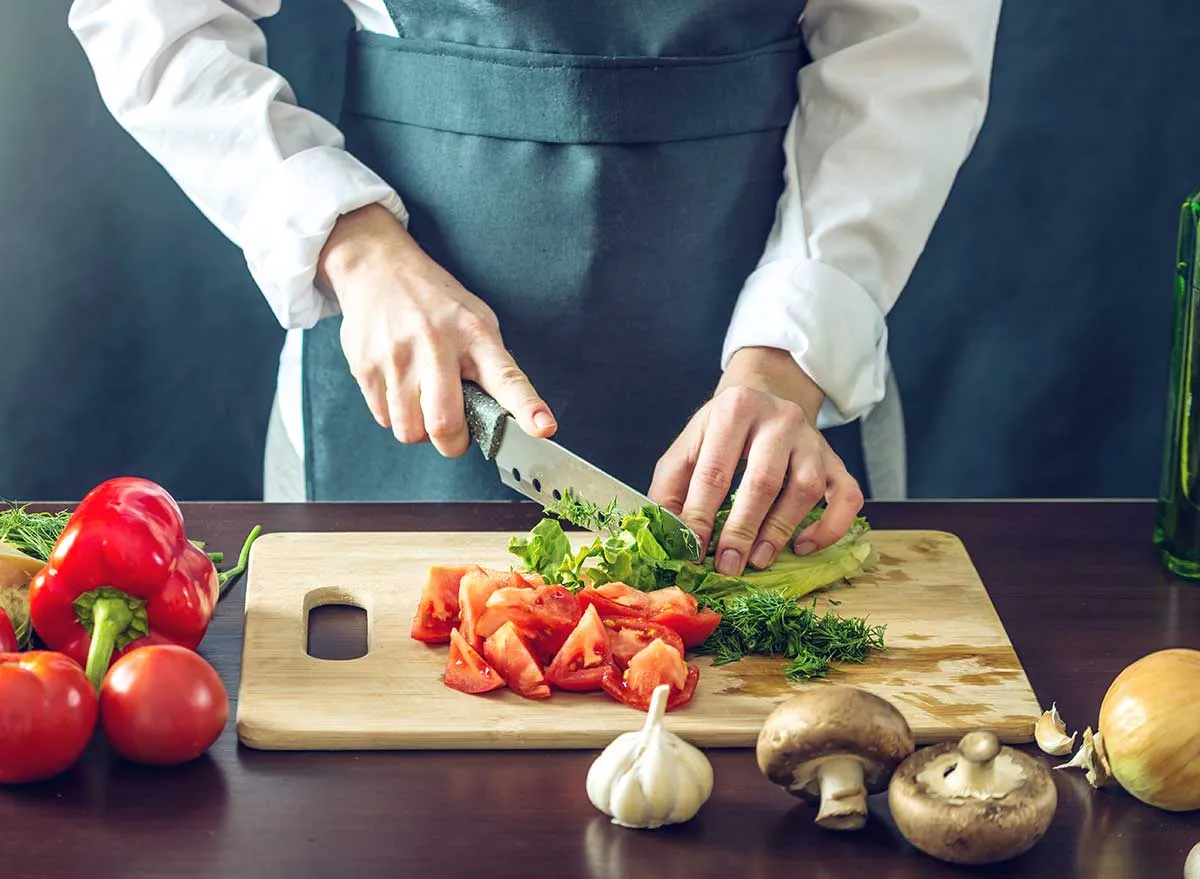In the culinary world, including both home cooks and kitchen professionals, understanding the nuances of food safety is paramount. One often overlooked aspect is the use of cutting boards. The question arises: when preparing vegetables which color cutting board should you use? This article delves deep into the significance of color-coded cutting boards and how they can help maintain hygiene while slicing and chopping different types of food.
Color-coded cutting boards have become a standard in professional kitchens, as they offer an efficient way to prevent cross-contaminationa critical practice in food safety. Using the correct board not only enhances food safety but also simplifies the cooking process. With that said, here is how to effectively choose the right color cutting board when preparing your vegetables.

Understanding Cutting Board Colors
Cutting boards come in various colors, each designated for specific food types to minimize the risk of bacteria cross-contamination. In most kitchens, the following color associations are common:
- Red: Use for raw meat. This is especially crucial for preventing any juices from mixing with vegetables.
- Green: Ideal for fruits and vegetables. It indicates a safe surface for plant-based foods.
- Yellow: Commonly used for poultry. Its important to keep these separate from both red and green boards.
- Blue: Typically reserved for seafood. Again, this helps maintain safety and cleanliness.
- White: Can be used for dairy products, breads, and cooked foods.
The Importance of Color-Coding in the Kitchen
Color-coding your cutting boards is more than just a trend; it's an essential practice that every kitchen professional should adhere to. By doing so, you can significantly reduce the risk of foodborne illnesses. Bacteria such as E. coli and Salmonella can lurk on raw meats and poultry, and cross-contaminating them with vegetables can lead to serious health issues. For instance, if you cut chicken on a red board and then chop lettuce on the same surface without washing it thoroughly, you risk transferring harmful bacteria to the lettuce.
Moreover, many professionals also recommend using separate boards for allergenic foods, such as nuts or gluten-containing products, in order to protect customers with dietary restrictions.
How to Choose the Right Cutting Board
When making the decision of what type of cutting board to use, consider the material as well. Options often include plastic, wood, and bamboo. Plastic boards are typically more sanitary, whereas wooden boards can be easier on your knives and have natural antimicrobial properties.
Here are some tips for choosing the best cutting board:
- Opt for plastic boards with a color-coded system in your kitchen.
- If using wooden boards, make sure to have separate ones for raw and prepared foods.
- Regularly inspect your boards for grooves and marks, as these can harbor bacteria.
Maintaining Your Cutting Boards
Maintenance is another critical aspect of keeping your cutting boards in good working order. To ensure longevity and prevent bacteria buildup, follow these guidelines:
- Wash your boards with hot, soapy water after each use.
- For wooden boards, maintaining them with food-safe mineral oil can help condition the wood and prevent it from cracking.
- Consider sanitizing the boards using a vinegar solution or bleach diluted in water periodically.
For in-depth tips on cleaning wooden cutting boards, check out cleaning tips.
A Practical Example
Imagine you're preparing a fresh vegetable salad. You'd want to ensure that no harmful bacteria end up on your vegetables. For this reason, reach for the green cutting board to ensure it's safe. At the same time, designate a specific red board just for meats. By following these guidelines, you're creating a safer kitchen environment.
Conclusion
In summary, the color of the cutting board you choose when preparing vegetables is critical to maintaining food safety. When preparing vegetables which color cutting board should you use? In this case, always opt for a green cutting board. By adhering to a simple color-coding system and ensuring proper maintenance and sanitation of your cutting boards, you can uphold high standards in your kitchen.
It's not merely about cutting; it's about cutting with foresight, protecting your diners, and delivering quality dishes without compromise.
:max_bytes(150000):strip_icc()/prevent-cutting-board-slipping-1123-c9837c7f958745b792c2b115c7d7bccd.jpg)
Frequently Asked Questions
-
What is the importance of color-coded cutting boards?
Color-coded cutting boards help reduce the risk of cross-contamination, which is crucial for food safety, especially in professional kitchens. -
How often should I replace my cutting boards?
Replace them when they show signs of severe wear, such as deep grooves that can harbor bacteria. -
Can I use a wooden cutting board for raw meat?
It's advisable to use a plastic cutting board for raw meat and keep wooden boards for vegetables and cooked foods.
For more on maintaining cutting boards, redirect to cutting board maintenance.
As an Amazon Associate, I earn from qualifying purchases.


























